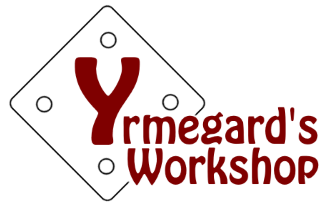Set in stone?
An interesting observation: it seems that the regulation of many handicraft techniques and methods began in the 19th century, during the period of national revival in many countries. By “regulation”, I mean the establishment of clear rules about how certain types of handicraft should or should not be done, and the recording of these rules in instructional manuals.
Naturally, rules existed before this period as well. But rather than being framed as “right or wrong”, they were typically more straightforward: for this type of work, this technique is used. Full stop. Perhaps this was because, before the national revival, skills were usually passed down from master to apprentice through day-today practice, whereas the growing enthusiasm around national costume brought many newcomers into the world of handicraft – people for whom these skills were initially completely unfamiliar. The need for strict, unified instructions likely stemmed from a desire to preserve the skills and techniques exactly as they existed at that moment and to protect them from overly free interpretation.
However, there is a flip side to this. Once regulation was created, imagination and improvisation were often lost; once a rule was established, the natural evolution of costume and craft skills was slowed. As a result, we often see the technically excellent copies of centuries-old techniques and objects – but even when executed perfectly, they often lack the original deeper meaning.
Moreover, it is not uncommon to hear claims that “this is how it has always been done” (whether referring to sewing, weaving, knitting, or anything else), when in reality the particular skills and techniques people think of as traditional may have only existed in their recorded form for a very short time, and there may be very little information about their earlier stages or original versions.
These thoughts came to me while embroidering – and pondering, yet again, why it is considered correct nowadays to make all the stitches on the reverse side of cross-stitch embroidery run in the same direction. 😀
